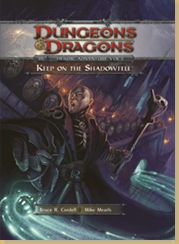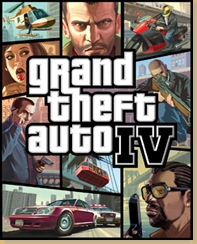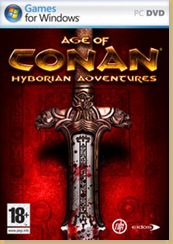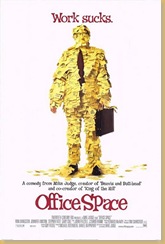Humans have been in the Monster Manual in every version of Dungeons & Dragons. The problem is that the entry was pretty useless. It was basically a reprint of the information you already had from the Player's Handbook. But it really didn't add any value. I cannot recall a single case of a DM saying, "So, you are going to attack the city guards unprovoked? Let me look them up in the Monster Manual!"
Rather, when the characters unexpectedly found themselves in conflict with other humans the DM tended to use one of a few, limited options:
- Grab one of the NPC's by level and class in the DMG. This rarely worked very well, but at least you had some basic stat blocks to throw at the characters.
- Pick some stat block from an issue of Dungeon, an old module, or a sample character from another source like a complete book. This tended to work a little better, but was clunky.
- Wing it!
The funny thing is that most of the time you were better off winging it! If you did plan an encounter that included a bunch of human opponents you had to go through the trouble of, basically, rolling up a bunch of characters and leveling them as you saw fit. If you were a conscientious DM, you would remember that there were "non-heroic" NPC classes in the DMG that were supposed to represent 95% of the human population, but really, how many DM's used them? Heck, how many official WOTC modules did?
One of the best non-WOTC d20 supplements I ever bought addressed this very issue. It was published by Ambient Publications and was called "Everyone Else". It was filled with quick, ready to use stat blocks for Bartenders, Dockworkers, and the like. Made things easy for those unexpected brawls. Still, there had to be a better way than to have a whole supplement devoted to Art Dealers and Courtesans, right?
This is why I greet the fact that the D&D 4th Ed Monster Manual has embraced the concept that most humans are treated as monsters (i.e., without fully fleshed out character write ups) with unabashed pleasure. I had the pleasure of using some of the new "monster" humans when I was running H1. The group had to fight several "Human Rabble". Because they were just intended to harass the group rather than be a credible threat they were written as Minions (a class of monster) who got some bonuses when adjacent to other "Human Rabble".
While they really didn't get too much of a chance to show off their powers at the session, I could see how great they would work as a standard "angry mob" of villagers. Individually weak, but powerful as a group, they would get the concept of "mob" across more effectively than 20 3rd Ed D&D "commoners" ever would... and were a whole lot less complex to put together.
Similarly, "monster" berserkers, wizards, and the like should make fine opponents when you have to throw some disposable bodies at the party. Sure they may lack some of the depth of fully written up NPC's, but you can still do that when you need to. And to be honest, half the time DM's (like me) would be doing something like this anyway when we needed a quick NPC opponent for the party.
Plus, it is great to finally have the greatest monster get the write-up in the Monster Manual it deserves!



